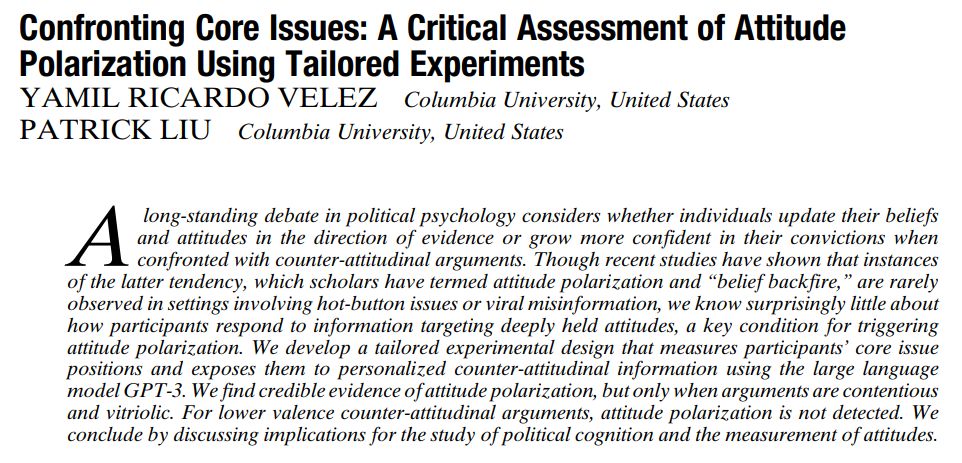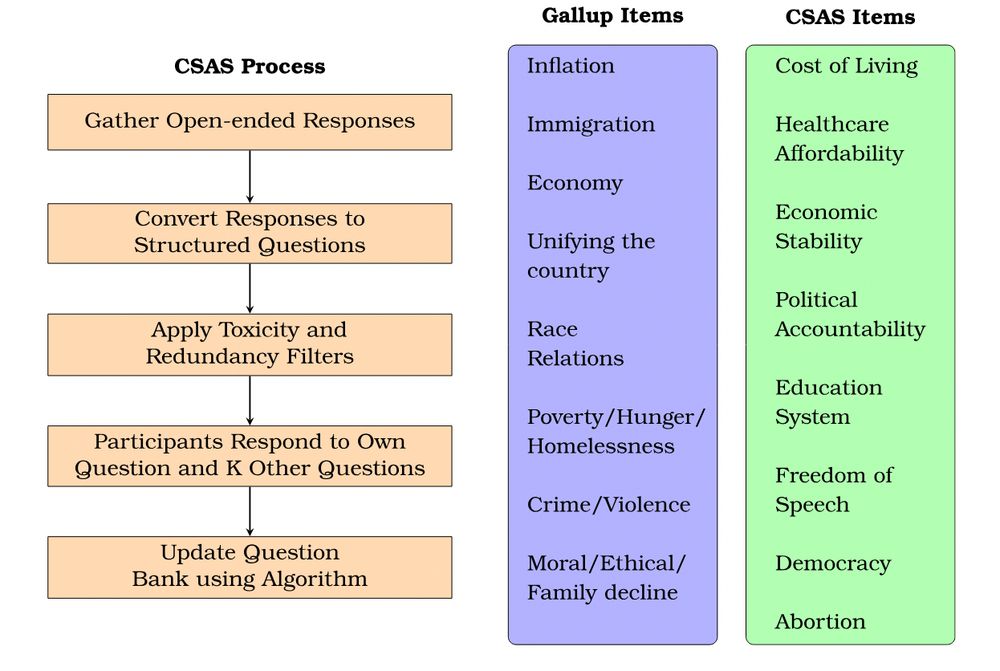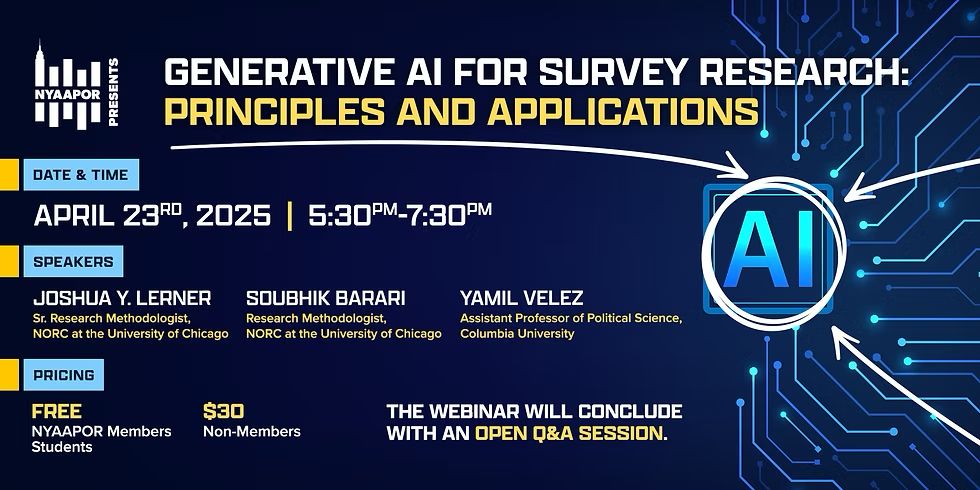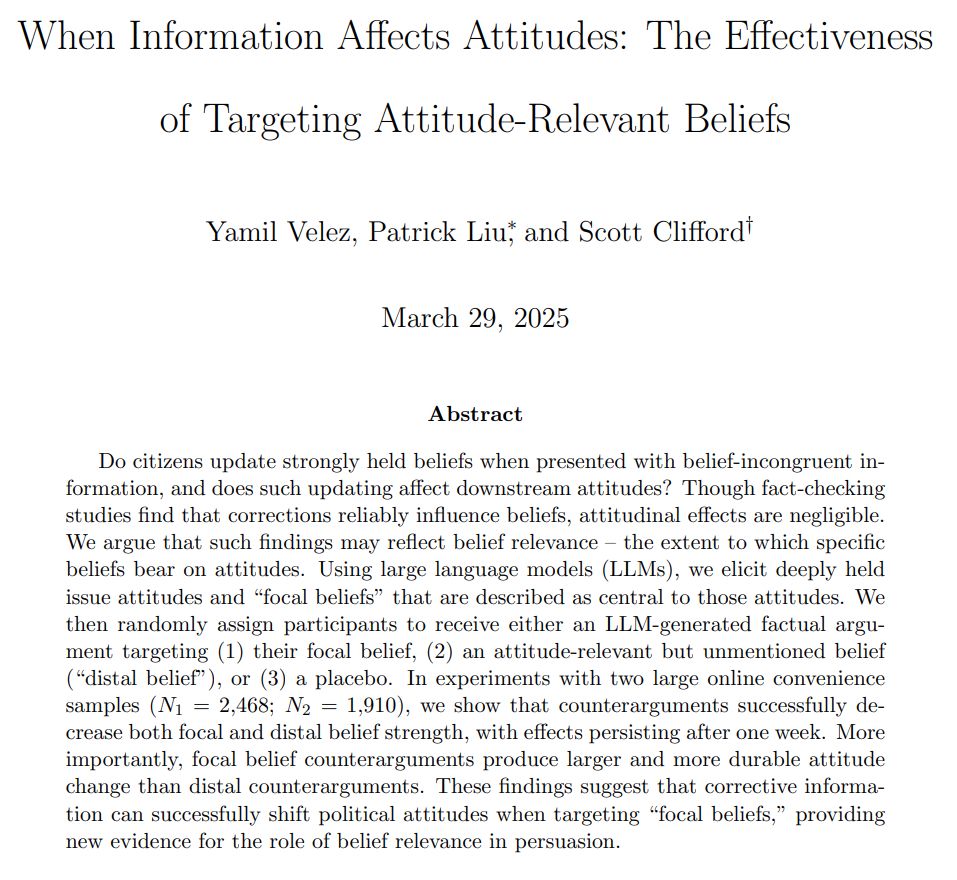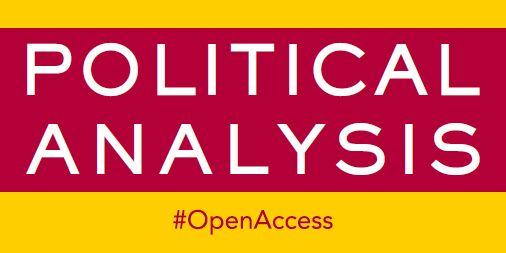Yamil Ricardo Velez
@yamilrvelez.bsky.social
2.3K followers
1K following
88 posts
political scientist at Columbia | MIA ✈️ NYC | tailored surveys and experiments using generative AI
Posts
Media
Videos
Starter Packs
Reposted by Yamil Ricardo Velez
Reposted by Yamil Ricardo Velez
Reposted by Yamil Ricardo Velez
Reposted by Yamil Ricardo Velez
Reposted by Yamil Ricardo Velez
Reposted by Yamil Ricardo Velez
Reposted by Yamil Ricardo Velez
Reposted by Yamil Ricardo Velez
Reposted by Yamil Ricardo Velez
Reposted by Yamil Ricardo Velez
Reposted by Yamil Ricardo Velez






